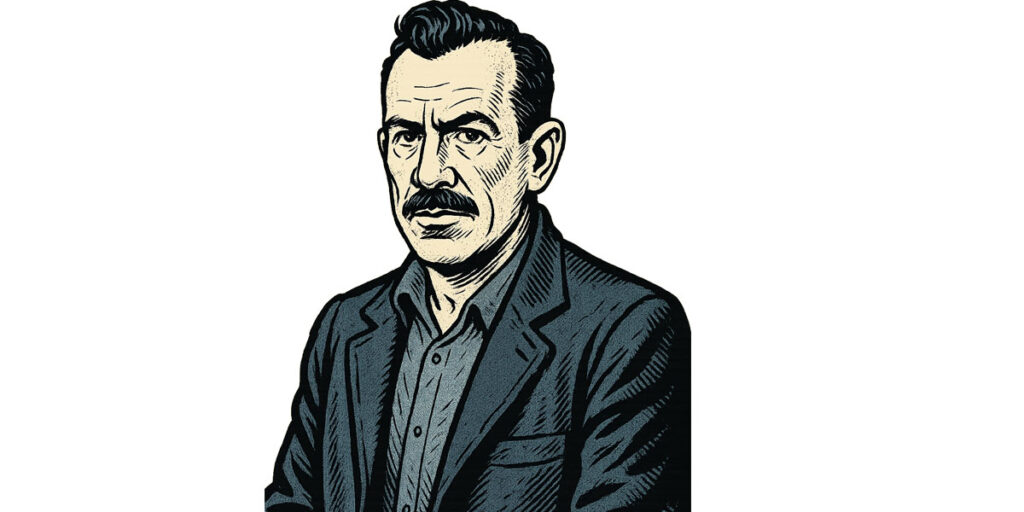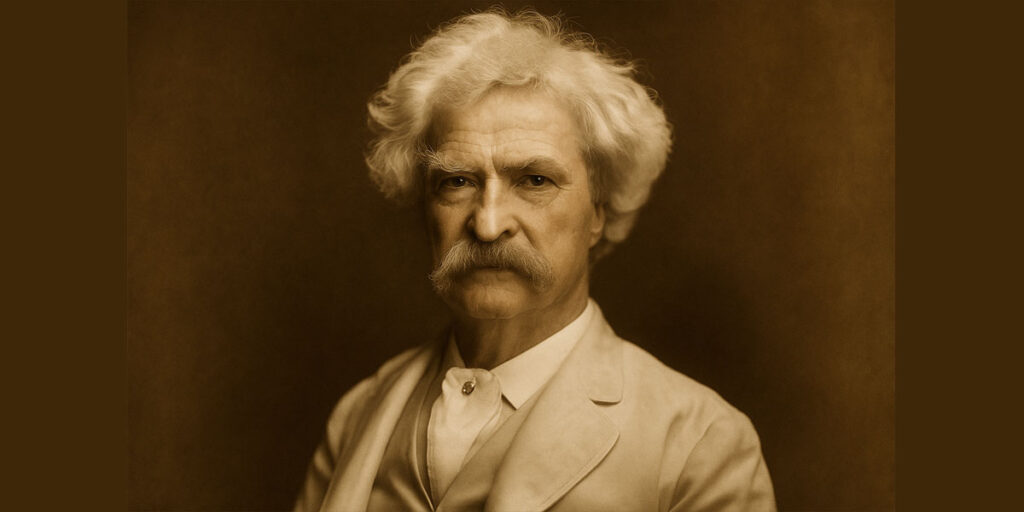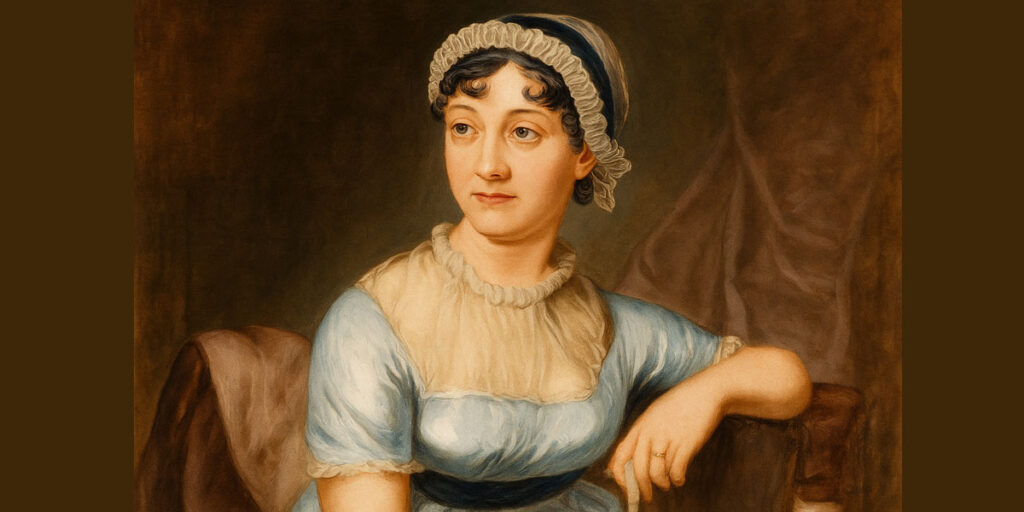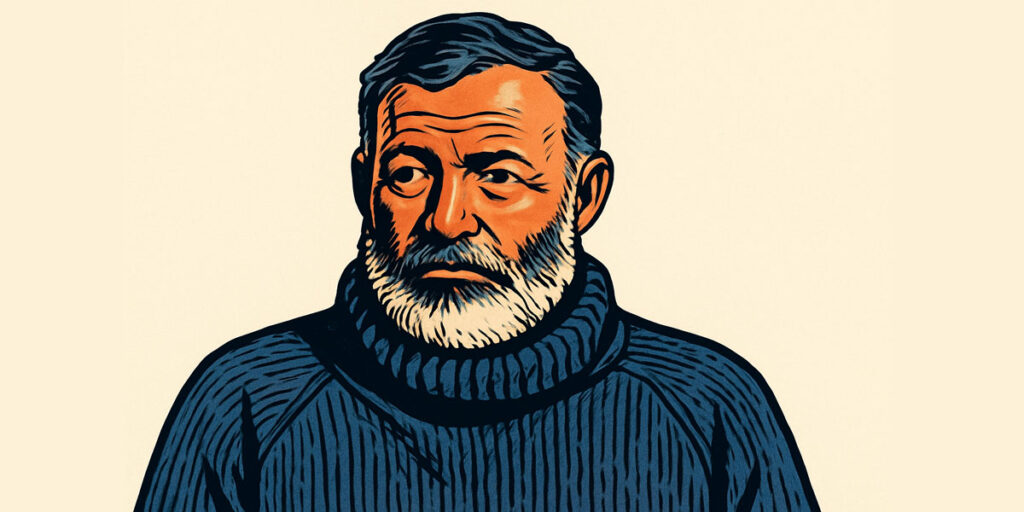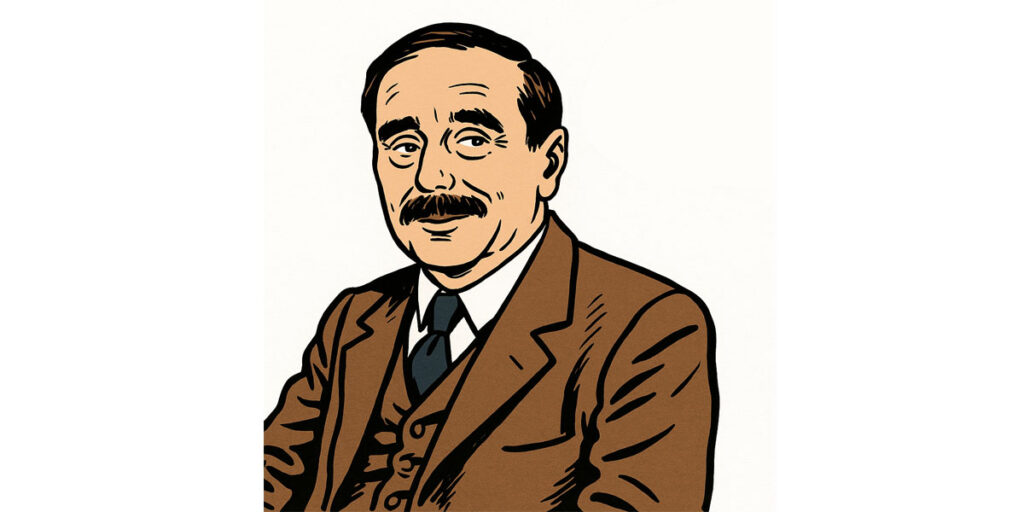John Steinbeck: The Voice of Dust and Dreams – Born in Salinas, California, USA
In the quiet farming town of Salinas, California, on February 27, 1902, a boy named John Ernst Steinbeck Jr. was born to a modest family. Little did anyone know that this boy, surrounded by fertile valleys, hardworking immigrants, and stories whispered by the wind over lettuce fields, would grow into one of America’s most powerful literary voices.
🌾 The Roots of a Storyteller
Growing up in the agricultural heart of California shaped Steinbeck’s soul and stories. His father, a local treasurer, and his mother, a former teacher, instilled in him discipline and curiosity. From an early age, he wandered the fields, befriended Mexican and migrant laborers, and soaked up the rhythms of manual work. These early interactions with working-class Americans gave him a profound sense of empathy—an empathy that would later bleed onto every page of his novels.
Salinas was more than just his birthplace—it was his emotional compass. The valleys, farmlands, and towns of Monterey County would appear time and again in his writing. His fictional landscapes may have been called by different names, but their essence was always rooted in California’s soil.
📚 Early Writings and Breakthrough
Steinbeck studied English literature at Stanford University on and off for six years, though he never earned a degree. More important than formal education, however, were the jobs he took between terms: farm laborer, ranch hand, construction worker, and journalist. These real-world experiences informed the grit and realism of his writing.
His first few works, including Cup of Gold (1929) and To a God Unknown (1933), received little attention. But everything changed in 1935 with “Tortilla Flat”, a humorous yet poignant story of paisanos—poor men of mixed heritage living in Monterey. It won the California Commonwealth Club Gold Medal and was the first indication that Steinbeck’s words could stir hearts across the nation.
🛤️ Chronicler of the American Struggle
But it was with “Of Mice and Men” (1937) and the towering epic “The Grapes of Wrath” (1939) that Steinbeck became a national conscience.
In Of Mice and Men, he portrayed the shattered dreams of George and Lennie, itinerant ranch workers during the Great Depression. A short novel in size, but vast in theme, it remains one of the most read and performed American literary works.
Then came The Grapes of Wrath, perhaps his most iconic novel. Following the Joad family as they flee Oklahoma’s Dust Bowl and seek salvation in California, the book is a masterclass in compassion, anger, and advocacy. Steinbeck’s raw depiction of poverty, labor injustice, and corporate greed earned him a Pulitzer Prize in 1940—and the ire of those he exposed.
This novel solidified his reputation as a voice for the voiceless, a writer who refused to look away from suffering.
✍️ Wartime and Wandering
In the 1940s, Steinbeck’s writing broadened. He wrote “The Moon is Down” (1942), a novella about resistance during Nazi occupation, and worked as a war correspondent during World War II for the New York Herald Tribune. From North Africa to Italy, he captured the frontline with journalistic brevity and literary insight.
But after the war, Steinbeck’s relationship with critics cooled. Some accused him of sentimentality, others of political inconsistency. Nevertheless, his readers remained loyal. Novels like “East of Eden” (1952), which he called his magnum opus, revealed a more personal side of the writer—a retelling of his own family’s moral struggles set in the Salinas Valley.
🛶 Travels, Love, and Later Life
In 1960, Steinbeck decided to rediscover America. With his poodle Charley and a camper truck he named Rocinante, he set off across the country. The journey became “Travels with Charley in Search of America”, an endearing and often melancholic meditation on a nation in flux.
Steinbeck married three times and had two sons. His later years were quieter, spent mostly in New York City and Sag Harbor. Though often battling critics and personal demons, he never stopped writing or caring deeply about America’s working class.
In 1962, he was awarded the Nobel Prize in Literature, “for his realistic and imaginative writings, combining as they do sympathetic humour and keen social perception.” He was both humbled and surprised by the honor, acknowledging in his acceptance speech the responsibility of writers to confront injustice.
🕊️ Death and Legacy
John Steinbeck died on December 20, 1968, at the age of 66. His ashes were buried near Salinas, close to the soil and stories he cherished.
Even today, his novels echo through classrooms, libraries, and bookshelves. The Grapes of Wrath, Of Mice and Men, East of Eden—these are more than books; they are portraits of human dignity in times of despair.
John Steinbeck’s literary journey began in 1929 with the release of “Cup of Gold”, a historical adventure about the life of pirate Henry Morgan. Though not commercially successful, it marked his entry into the world of serious fiction. By 1932, he returned with “The Pastures of Heaven”, a series of interrelated stories set in a rural California valley—already a signature of his narrative voice.
In 1933, he published “To a God Unknown”, a complex tale exploring mysticism and the human connection to the land. This same year, he also released “The Red Pony”, a poignant novella about a boy growing up on a ranch, which later became a staple in American classrooms.
Then came the breakthrough. In 1935, “Tortilla Flat” captivated readers with its light-hearted portrayal of paisanos in Monterey. It was Steinbeck’s first critical and financial success, earning him the California Commonwealth Club’s Gold Medal.
In 1936, he tackled a more somber tone with “In Dubious Battle”, focusing on labor strikes and class struggle—an early sign of his deepening commitment to social justice. Just one year later, in 1937, he achieved national fame with “Of Mice and Men”, a novella that brought raw emotion to the American experience during the Depression.
But it was in 1939 that Steinbeck created his masterpiece, “The Grapes of Wrath”. Chronicling the Joad family’s migration from Oklahoma to California, the novel won the Pulitzer Prize and became a cornerstone of American literature.
His next few works in the 1940s reflected global conflict. In 1942, he published “The Moon is Down”, an allegorical tale of resistance during Nazi occupation. That same wartime period saw the release of “Cannery Row” in 1945, a return to the colorful, community-based storytelling of his earlier days.
In 1947, he traveled to the Soviet Union and released “A Russian Journal”, combining travelogue and political observation. That same year, “The Wayward Bus” was published, revealing the frustrations and inner desires of everyday people stuck together in a vehicle during a storm.
In 1952, Steinbeck gave the world “East of Eden”, a generational saga set in the Salinas Valley. Deeply personal, he considered it his ultimate work—a retelling of the biblical Cain and Abel story wrapped in the moral history of California.
“Sweet Thursday” followed in 1954, revisiting characters from Cannery Row, and in 1957, he published “The Short Reign of Pippin IV”, a satirical take on politics and monarchy in France.
Then, in 1961, came “The Winter of Our Discontent”, a critical examination of moral decay in small-town America—his final novel.
Finally, in 1962, the same year he won the Nobel Prize in Literature, Steinbeck published “Travels with Charley in Search of America”, a reflective and humorous road memoir capturing the contradictions and beauty of the American soul.
John Steinbeck was not just a writer from Salinas. He was a witness, a chronicler of hardship, a literary humanitarian. His characters were flawed, hungry, kind, angry, and brave—just like the people he met growing up in California’s farmlands.
In a world spinning ever faster, Steinbeck’s work invites us to pause and listen to those whose stories are so often overlooked. He wrote not from ivory towers but from dusty roads, migrant camps, and roadside diners. And in doing so, he gave voice to America’s silent multitudes.
